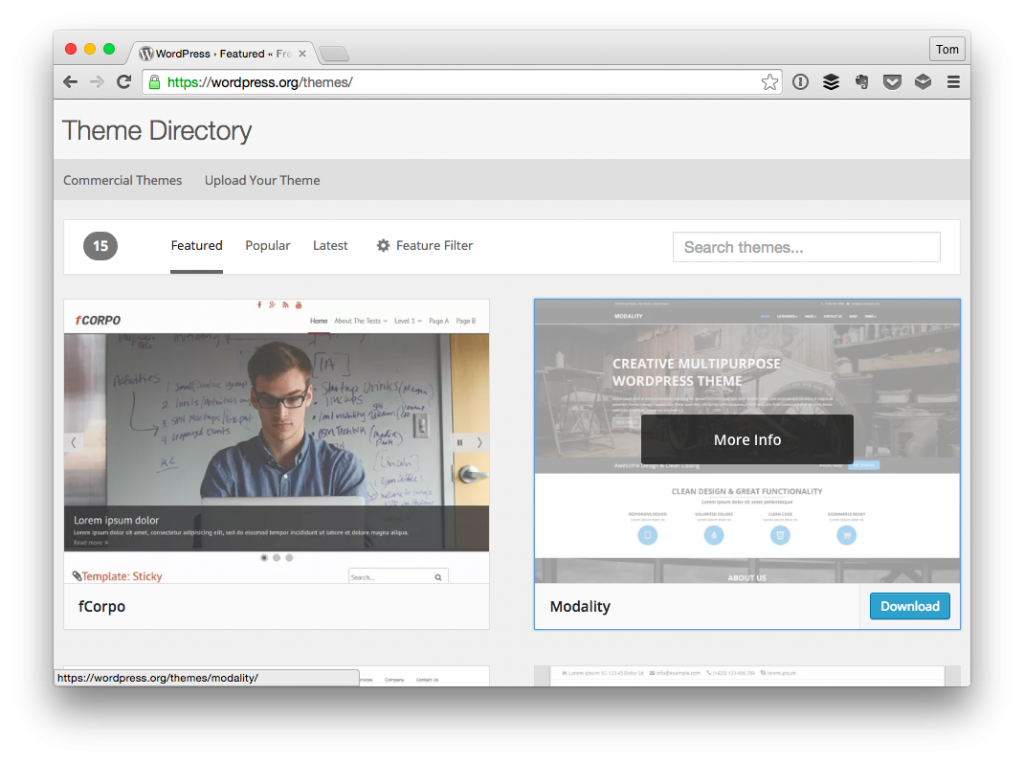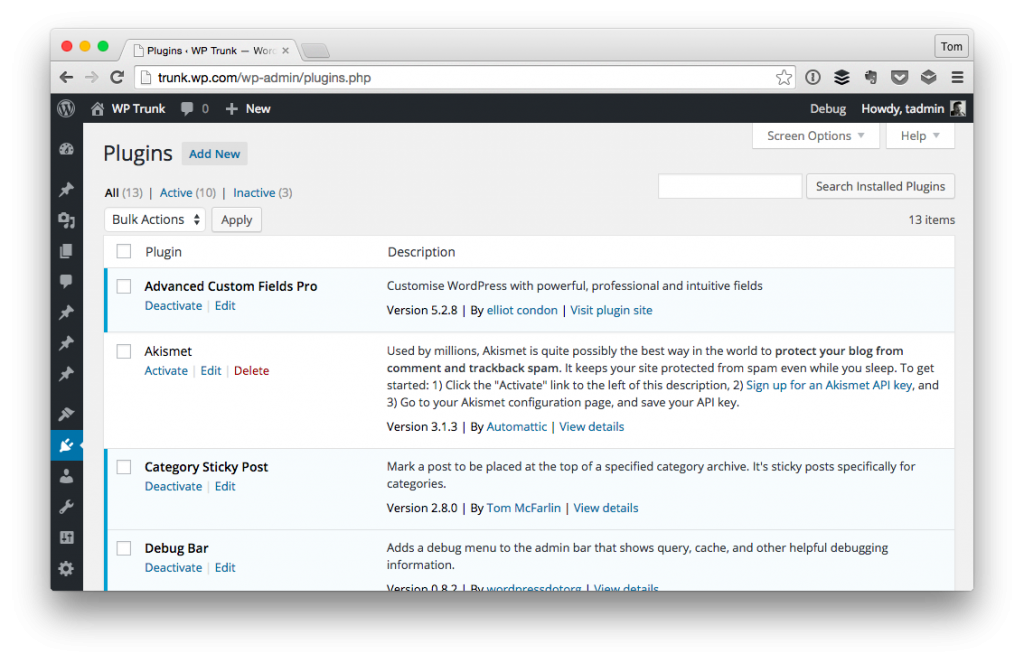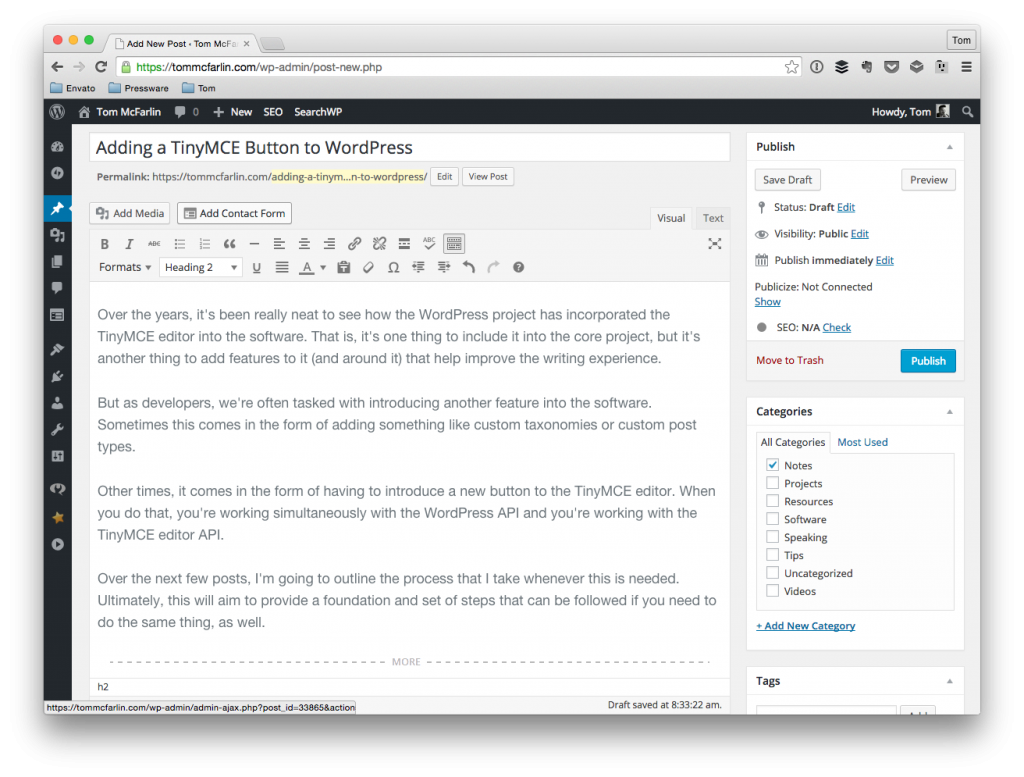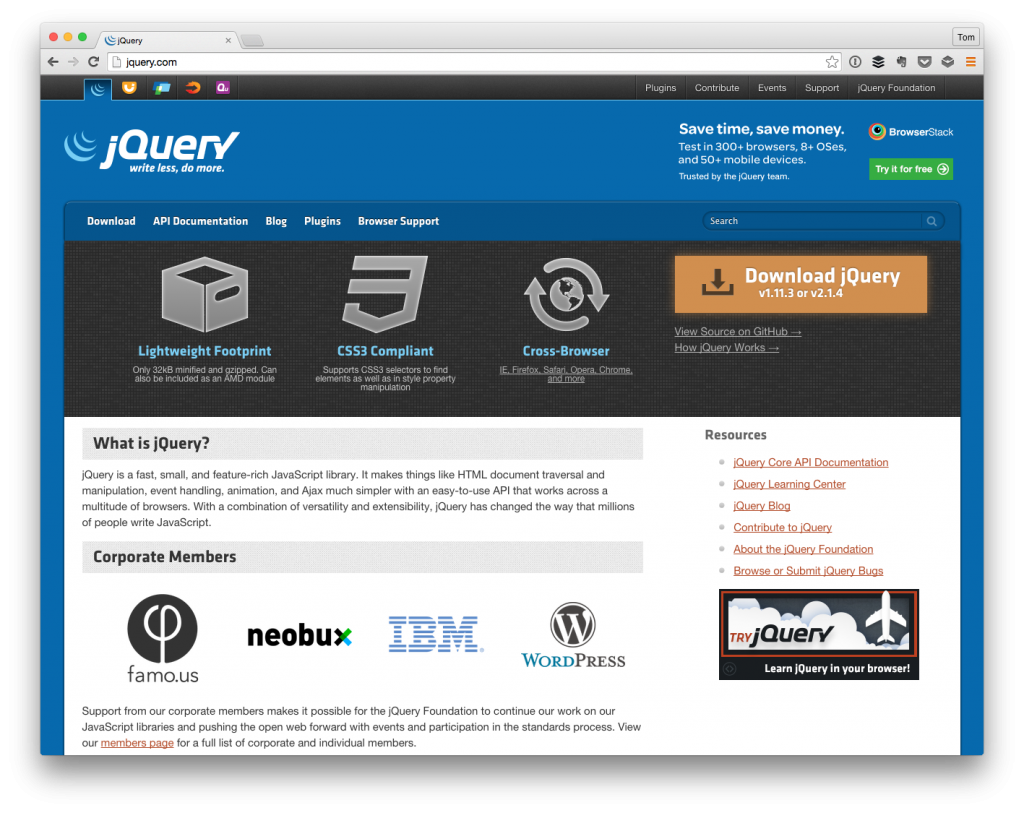When it comes to working with WordPress themes and plugins, there’s a general rule of thumb that most experienced designers and developers follow:
Themes are for presentation, plugins are for functionality.
Sure, there’s a little bit of blurring of lines, but this is the goal for which we strive when working through our code. And yes, there’s a lot that can be said (and has been said) about themes that include a ton of features, options, bundled plugins, and so on, but that’s not where this is going.

Instead, I’ve been thinking about how this relates to general theme development, niche theme development, and using WordPress as a platform for application development.





